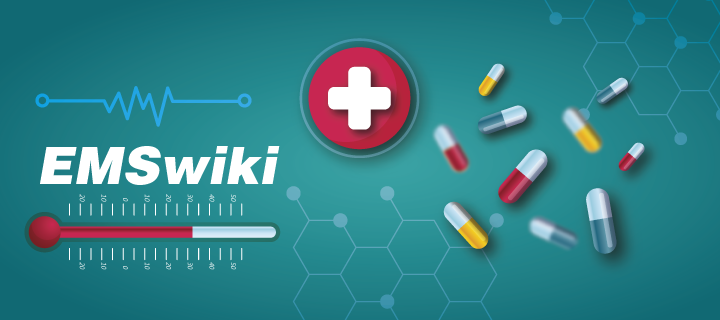
Bioinformatics: A Bridge Between Biology and Computer Science
From Genomic Sequences to Personalized Medicine: How Bioinformatics is Transforming Biomedical Research
What is Bioinformatics?
Bioinformatics is a field that merges science and technology. It brings together biology, computer science, mathematics, and statistics to study living organisms. This field uses computer programs like Python to analyze genomes. The genome is the set of genes of a living being. Bioinformatics helps us compare normal and abnormal genomes. This leads to new medical discoveries. It helps find the genetic causes of diseases and research treatments.
The Impact of Bioinformatics on Genomic Research
Recently, bioinformatics has aided genomic research in new ways. For example, scientists have used machine learning to study CRISPRi experiments. CRISPRi is a gene editing tool. The new method has allowed understanding of how much RNA guided the tool. Moreover, it was possible to see how the silenced gene was influenced. This approach has established clear rules for future CRISPRi studies. It made better predictions than in the past. The results show that gene features, such as expression levels, matter more than previously thought.
Opportunities for Training and Careers in Bioinformatics
If you desire a career in bioinformatics, many online courses can help. Beginner courses like “Biology Meets Programming” from UC San Diego offer a solid start. Also, “Genomic Data Science” from Johns Hopkins teaches basic skills. For advanced training, specializations cover DNA sequencing, gene expression analysis, multiple sequence alignment, and phylogenetics. Courses like “Genomic Data Science Specialization” and “Accessing Bioinformatics Databases” delve into these complex techniques. With training, you can apply bioinformatics to make exciting discoveries.
Challenges and the Future of Bioinformatics
Bioinformatics has come a long way but still faces challenges. A significant issue is managing vast amounts of data. There is so much information out there that it can be difficult to handle it all. Another problem is ensuring that the computer models used to predict things are accurate enough. But scientists are working to solve these problems. One way is to combine data from many different sources. Another is to get more data to train the computer models. By doing so, the models can become increasingly skilled at making accurate predictions.
The study of bioinformatics is fundamental for the future. It sheds light on genes and their functioning. This knowledge is crucial in biotechnological areas like drug design and cultivating new crops. Additionally, it helps study disease-carrying insects. By improving our bioinformatics tools, we can beneficially modify genes. We can also more effectively pinpoint harmful pathogens. Therefore, it is essential to continue researching in this field.
Sources


